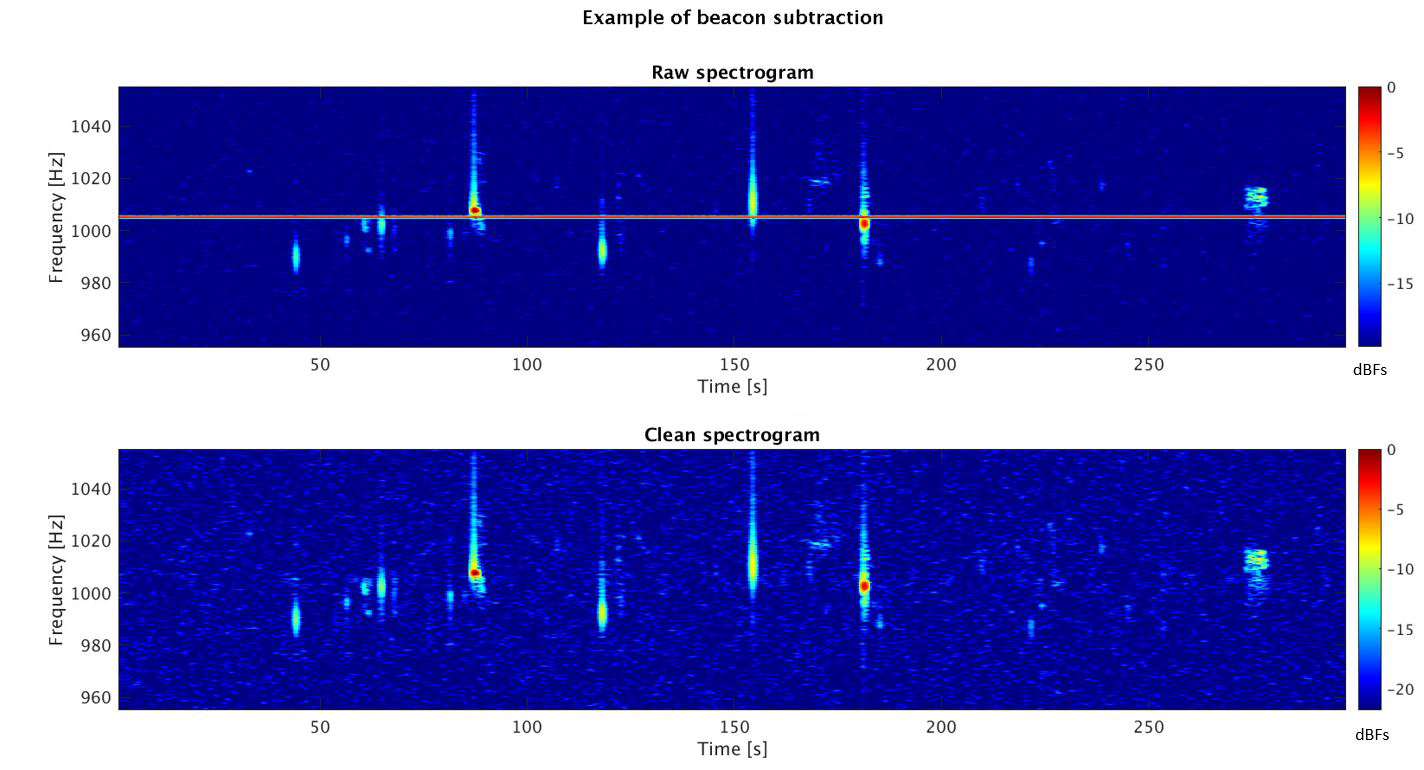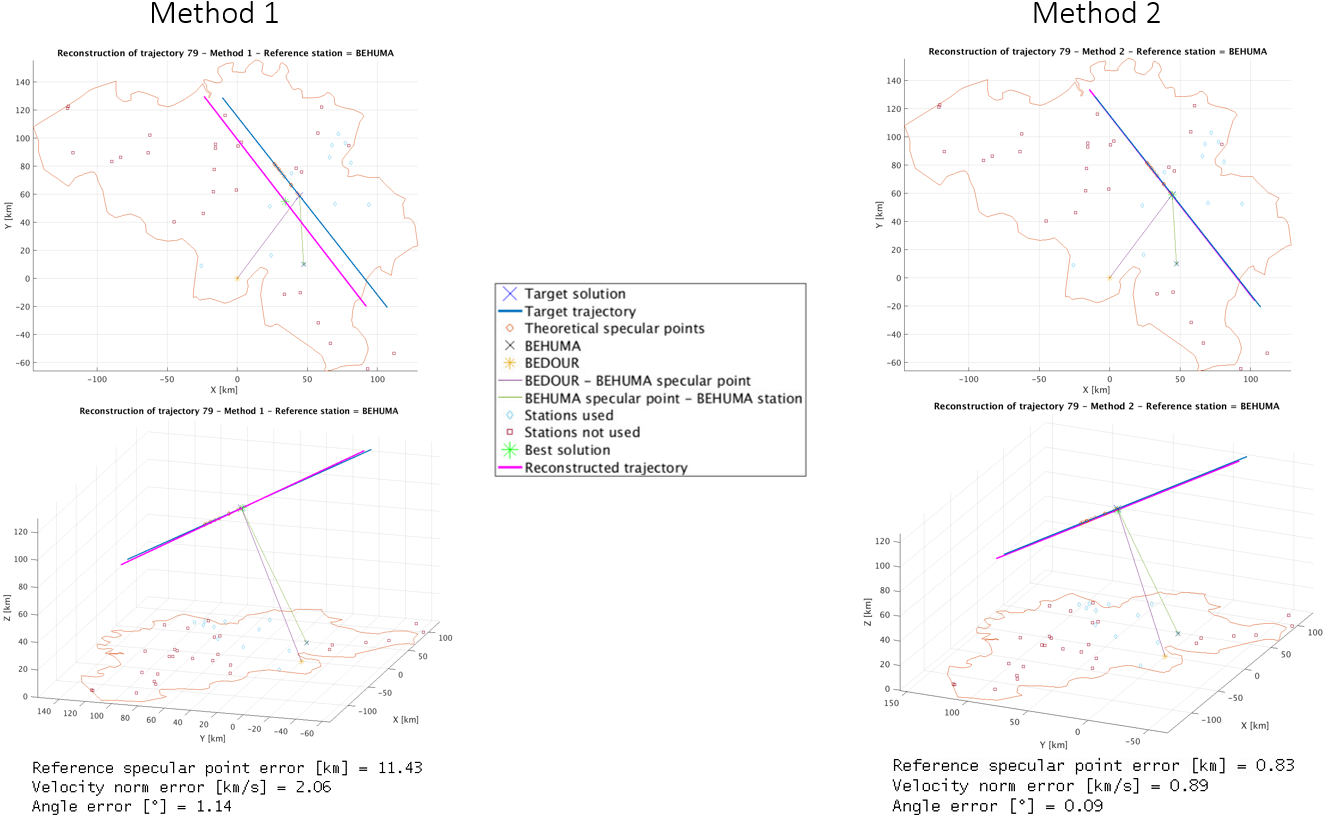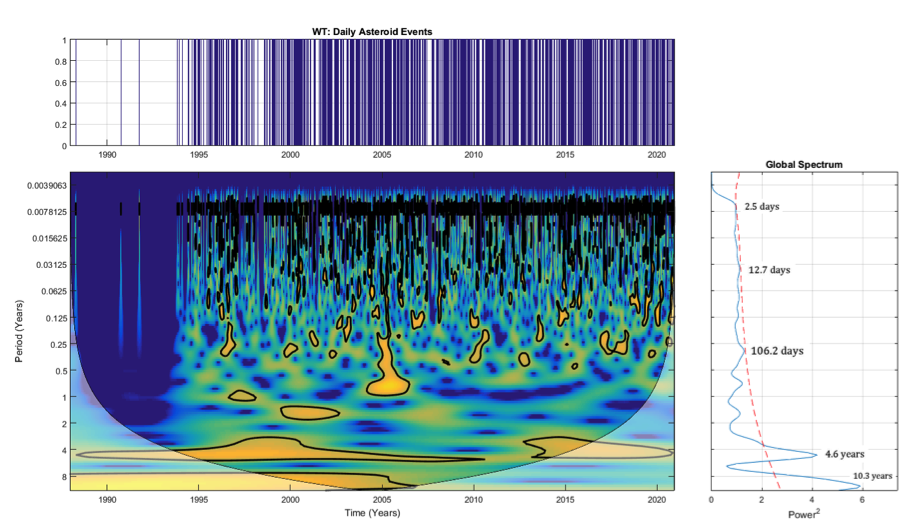1. Introduction
The Fireball Recovery and Inter Planetary Observation Network (FRIPON) network [1] uses all-sky cameras in order to detect fireballs. The FRIPON network comprises over 150 cameras installed all over Europe [1]. In this work we focus on the results obtained by the Meteorite Orbits Reconstruction by Optical Imaging (MOROI) [2] component of the FRIPON network in Romania. As of May 2022, the MOROI network detects the events with the use of 13 all-sky cameras.
2. Methods
The method for computing the fireball trajectory used by FRIPON is presented in [3].
The height, velocity and slope γ of the meteoroid are the input data for computing the ballistic coefficient α and the mass-loss parameter β. We select the candidates that are likely to produce meteorites of the ground using the α-β algorithm presented in [4], [5], [6], [7].
3. Results
Starting from January 2021 (the starting moment of data fusion of the MOROI network into the FRIPON network) until the present time (May 2022) over 100 meteors were detected. We present the most spectacular events that are likely to result on a meteorite production on the surface of the Earth.

Figure 1: The outcome of the FRIPON (MOROI) detections in Romania
In Figure 1 are represented the coordinates of the meteoroids with noticeable deceleration in the (ln(αsinγ),lnβ) coordinates system. The values of the shape parameter correspond to the cases when the meteoroid doesn’t rotate (µ=0) or rotates uniformly (µ=2/3).
The boundaries (‘likely fall’, ‘possible fall’, ‘unlikely fall’) are represented for meteoroids with final mass of 50 g.
We processed the 100 detections of the FRIPON (MOROI) network in Romania. From this amount of data, we found 15 fireball events with noticeable deceleration. We found one event in the ‘likely fall’ area and three events in the ‘possible fall’ area. The fireball that is likely to produce meteorites was detected by the MOROI network on 24.11.2021 at 19:20:57 UT.
We model the dark flight trajectory of the meteoroids with the ‘likely fall’ and ‘possible fall’ outcomes and determine their strewn field with the model presented in [8], [9]. We use the wind model from the European Centre for Medium-Range Weather Forecasts (ECMWF).
A meteorite recovery campaign will be organised to identify the strewn field area.
Acknowledgement.
The work of IB and MB was partially supported by a grant of the Romanian Ministry of Education and Research, CNCS-UEFISCDI, project number PN-III-P1-1.1-PD-2019-0784, within PNCDI III. The work of IB, MB, AN was partially supported by a grant of the Ministry of National Education and Scientific Research, PNIII-P2-1214/25.10.2021, program no. 36SOL/2021. JM and MG acknowledge the Academy of Finland project no. 325806 (PlanetS).
References:
[1] Colas F., Zanda B., Bouley S., Jeanne S., Malgoyre A., Birlan M., Blanpain C., Gattacceca J., Jorda L., Lecubin J., et al. (385 more) FRIPON: a worldwide network to track incoming meteoroids. Astronomy &. Astrophys. 644, A53. doi:10.1051/0004-6361/202038649. 2020.
[2] Nedelcu D.A., Birlan M., Turcu V., Boaca I., Badescu O., Gornea A., Sonka A.B., Blagoi O., Danescu C., Paraschiv P. Meteorites Orbits Reconstruction by Optical Imaging (MOROI) Network. Romanian Astronomical Journal 28(1), 57 – 65. 2018.
[3] Jeanne, S., Colas, F., Zanda, B., Birlan, M., Vaubaillon, J., Bouley, S., Vernazza, P., Jorda, L., Gattacceca, J., Rault, J. L., Carbognani, A., Gardiol, D., Lamy, H., Baratoux, D., Blanpain, C., Malgoyre, A., Lecubin, J., Marmo, C., Hewins, P. Calibration of fish-eye lens and error estimation on fireball trajectories: application to the FRIPON network. Astronomy and Astrophysics, 627:A78. 2019.
[4] Gritsevich, M. I. The Pribram, Lost City, Innisfree, and Neuschwanstein falls: An analysis of the atmospheric trajectories. Solar System Research.42, 372–390. 2008.
[5] Gritsevich, M.I., Stulov, V.P., Turchak, L.I. Consequences of collisions of natural cosmic bodies with the Earth's atmosphere and surface. Cosmic Research vol.50, no.1, 56-64. 2012.
[6] Sansom, E.K., Gritsevich, M., Devillepoix, H.A.R., Jansen-Sturgeon, T., Shober, P.,
Bland, P.A., Towner, M.C., Cupák, M., Howie, R.M., Hartig, B.A.D. Determining Fireball Fates Using the α-β Criterion. Astrophysical Journal 885(2):115. 2019.
[7] Boaca I., Gritsevich M., Birlan M., Nedelcu, A., Boaca, T., Colas, F., Malgoyre, A.,
Zanda, B., Vernazza P., to be submitted. 2022.
[8] Moilanen, J., Gritsevich, M., Lyytinen, E., Determination of strewn fields for meteorite falls, Monthly Notices of the Royal Astronomical Society 503, 3337–3350. 2021.
[9] Boaca I., Nedelcu A., Birlan M., Boaca T., Anghel S. Mathematical model for the dark-flight trajectory of a meteoroid, Romanian Astronomical Journal, Vol. 31, No. 2. 2021.





